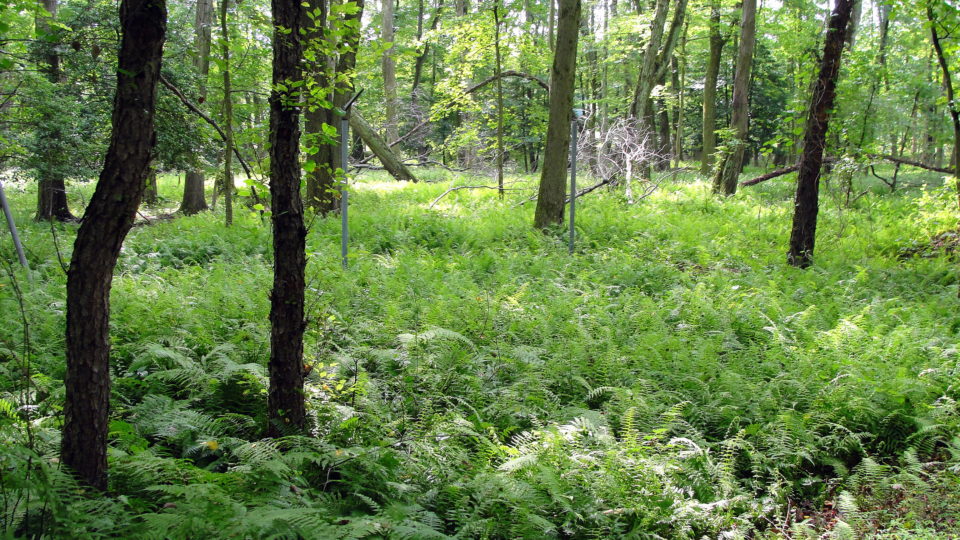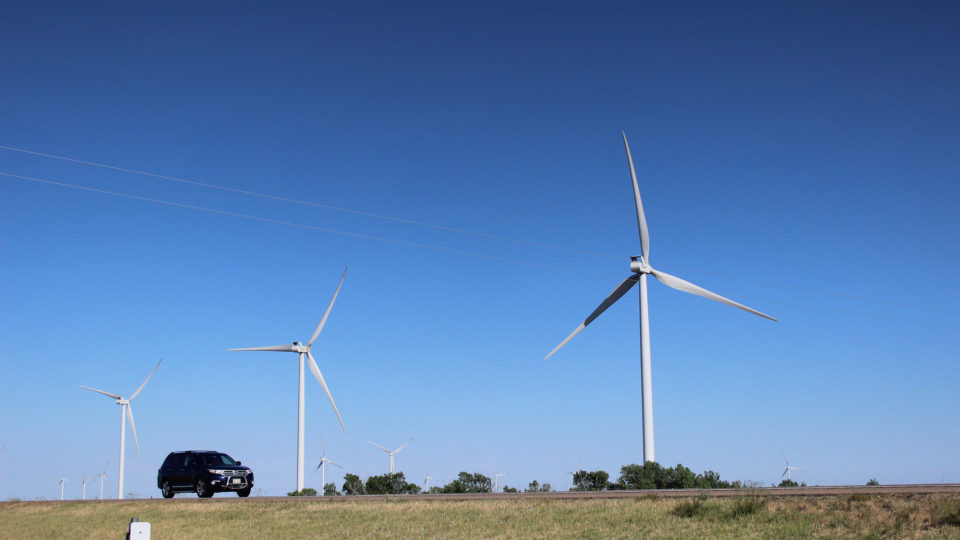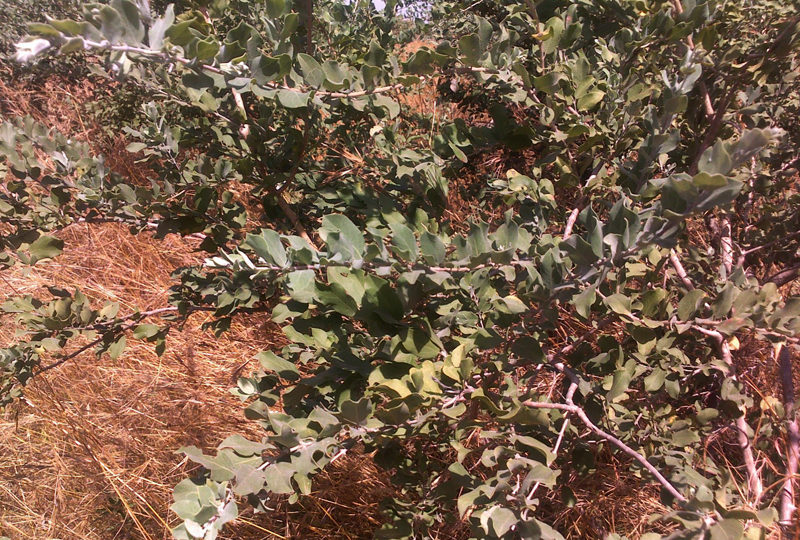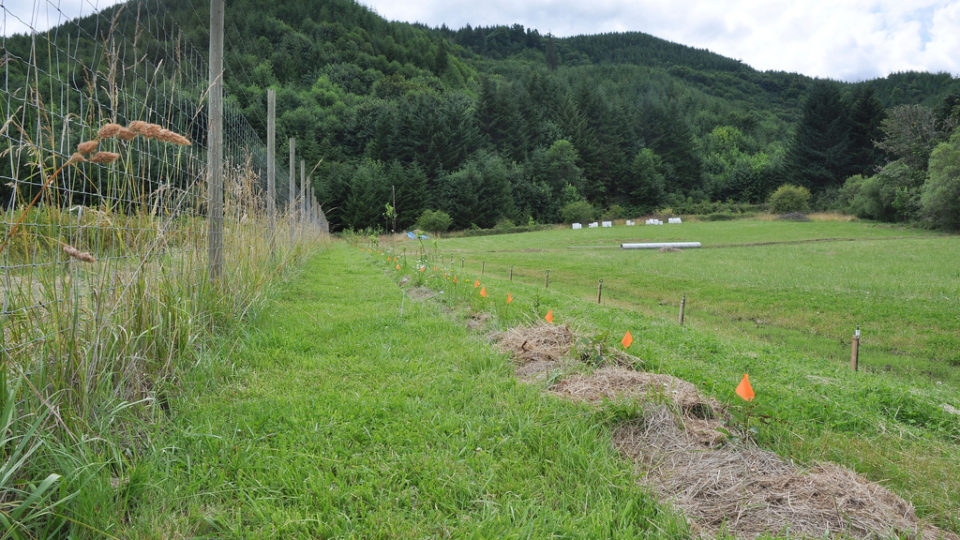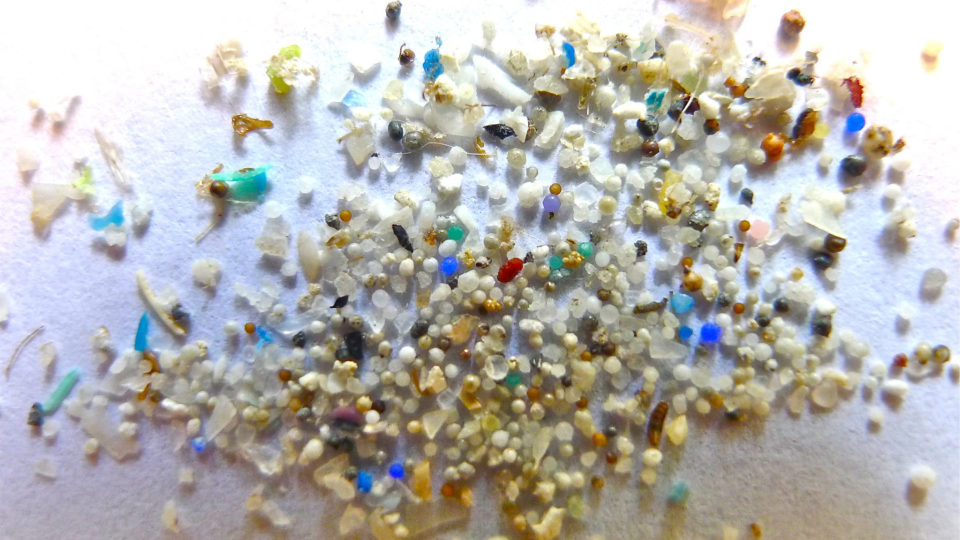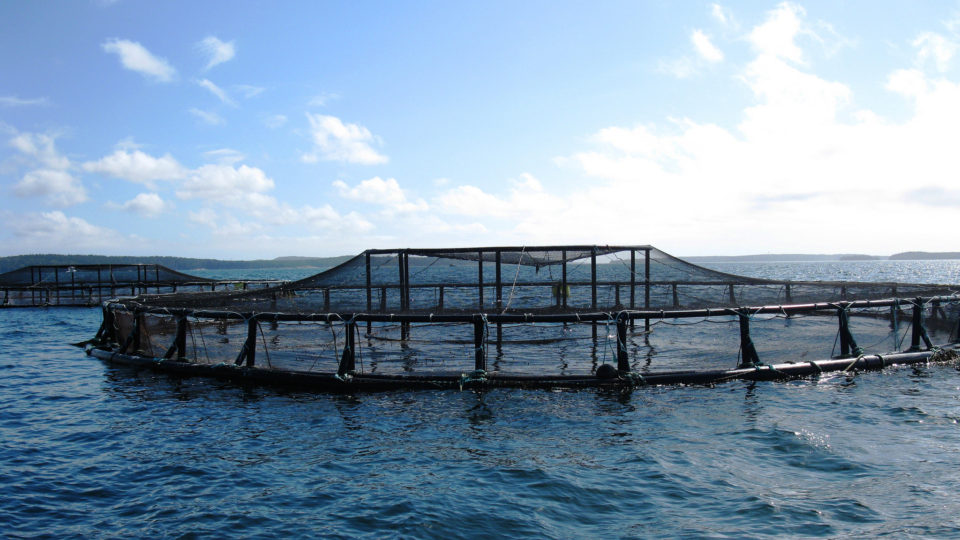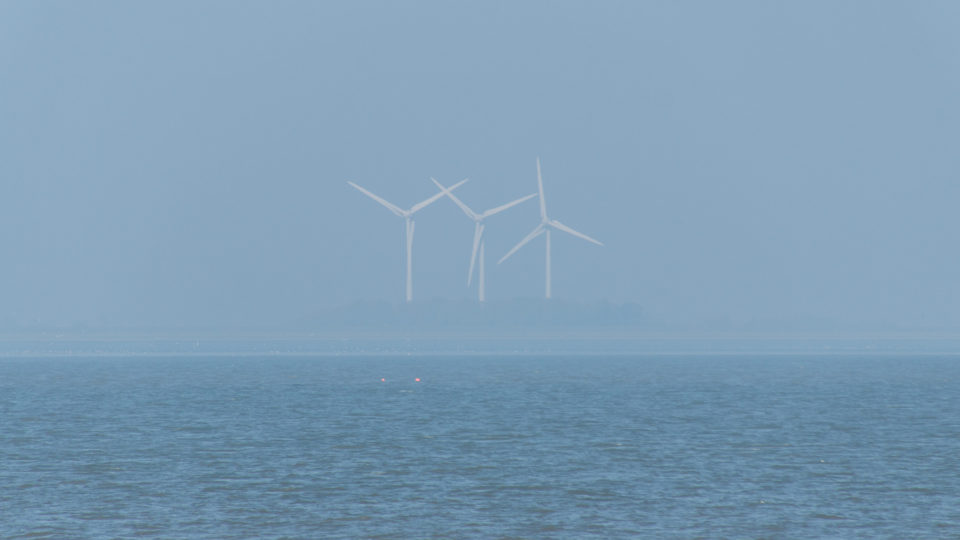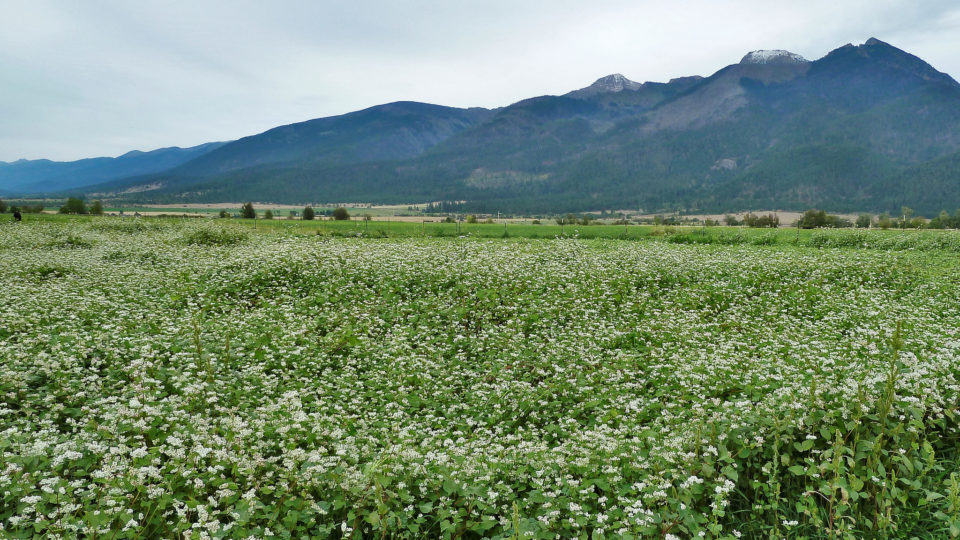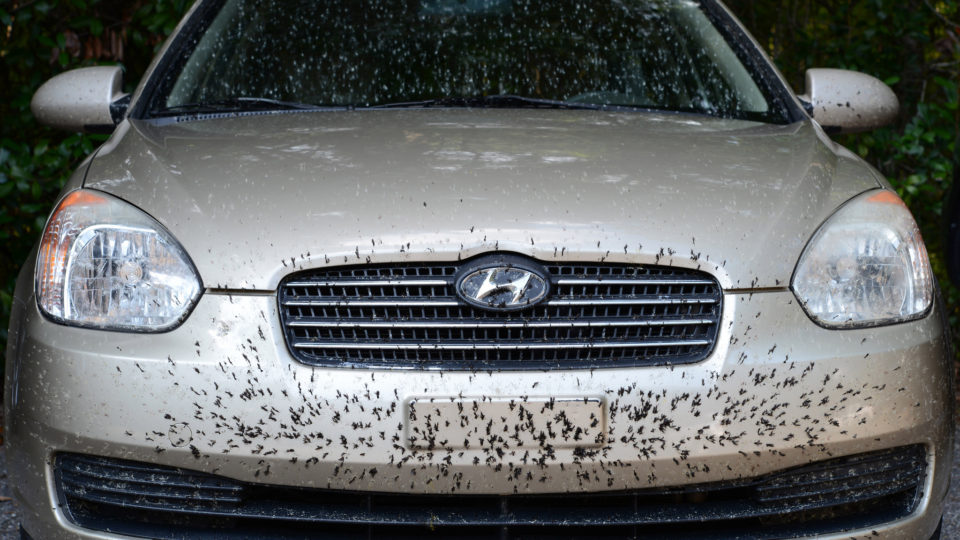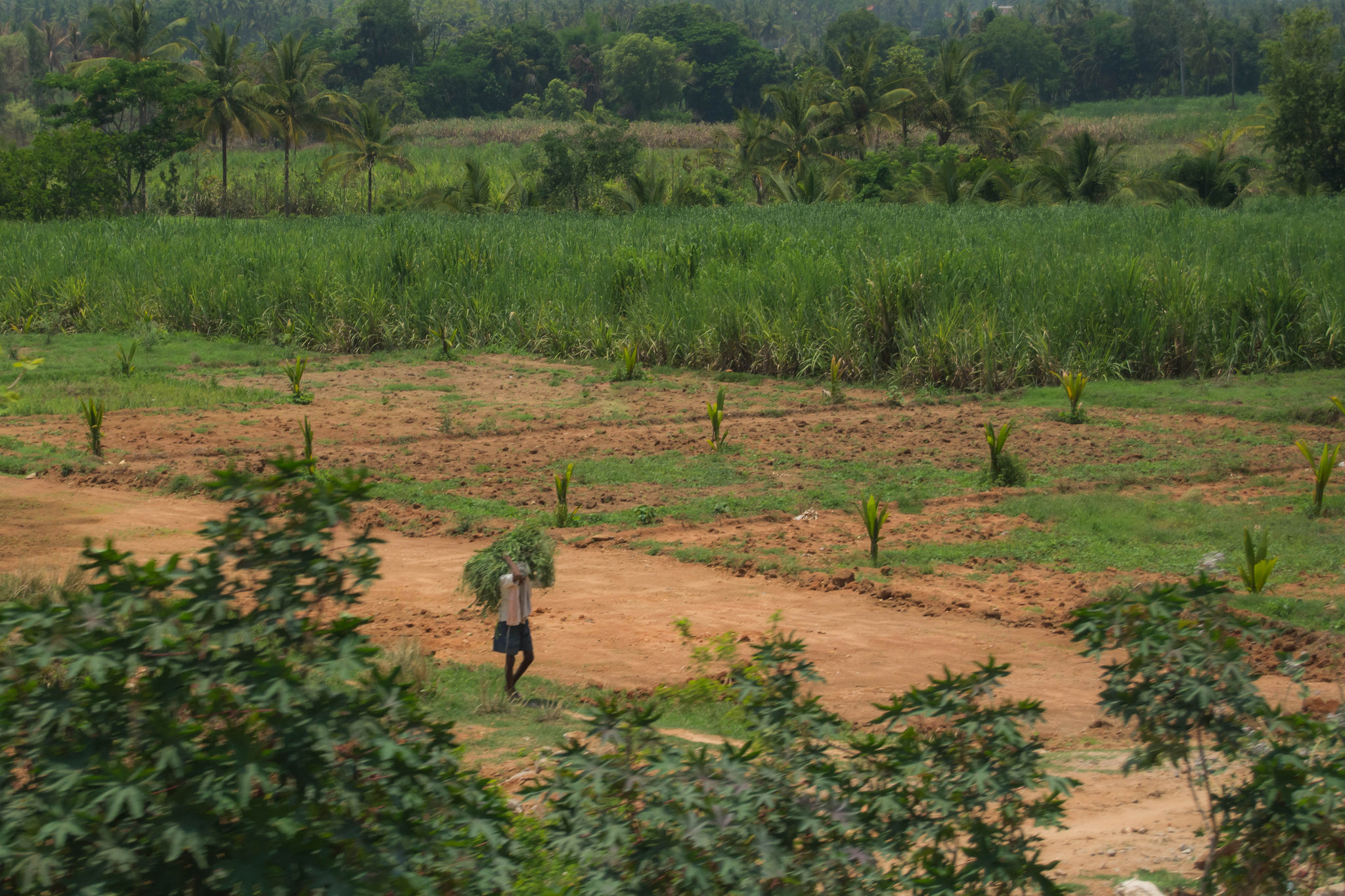We cut down forests all around the world for a myriad of reasons, including livestock grazing, agricultural production, timber, and urban development. But what if we stopped cutting down forests for these things and additionally grew new forests on vacant lots and any other available parcels of land on earth? What impact could this have on our survival?
For the first time, scientists have quantified what impact this plan could have. According to a new study by researchers at ETH Zurich – a university that specializes in science, technology, and engineering – the planet could support nearly 2.5 billion additional acres of forest without shrinking current cities and farms. When all those acres of forest mature, the trees could store an extra 200 gigatons of carbon. This reforestation could stave off the most devastating impacts of global climate change.
Russia could restore the most acres of forest – 373 million acres to be precise – followed by the United States with 255 million acres and Canada with 193 million acres. Australia, Brazil, and China also have large areas well-suited for forest restoration.
The average global temperature has risen by 1.8 degrees Fahrenheit since the start of the industrial age with its surge in greenhouse gas emissions. Temperatures are projected to rise even more in the coming years as the planet continues to warm.
Trees absorb CO2 from the atmosphere and store it in their roots and branches. The absorbed carbon becomes part of the soil when trees die and decompose, and it can linger there for millennia depending on things like temperature and soil management. Trees are critical in the fight against climate change.
**********
Web Links
How trees could save the climate
Photo, posted June 18, 2011, courtesy of K.W. Barrett via Flickr.
Earth Wise is a production of WAMC Northeast Public Radio.
